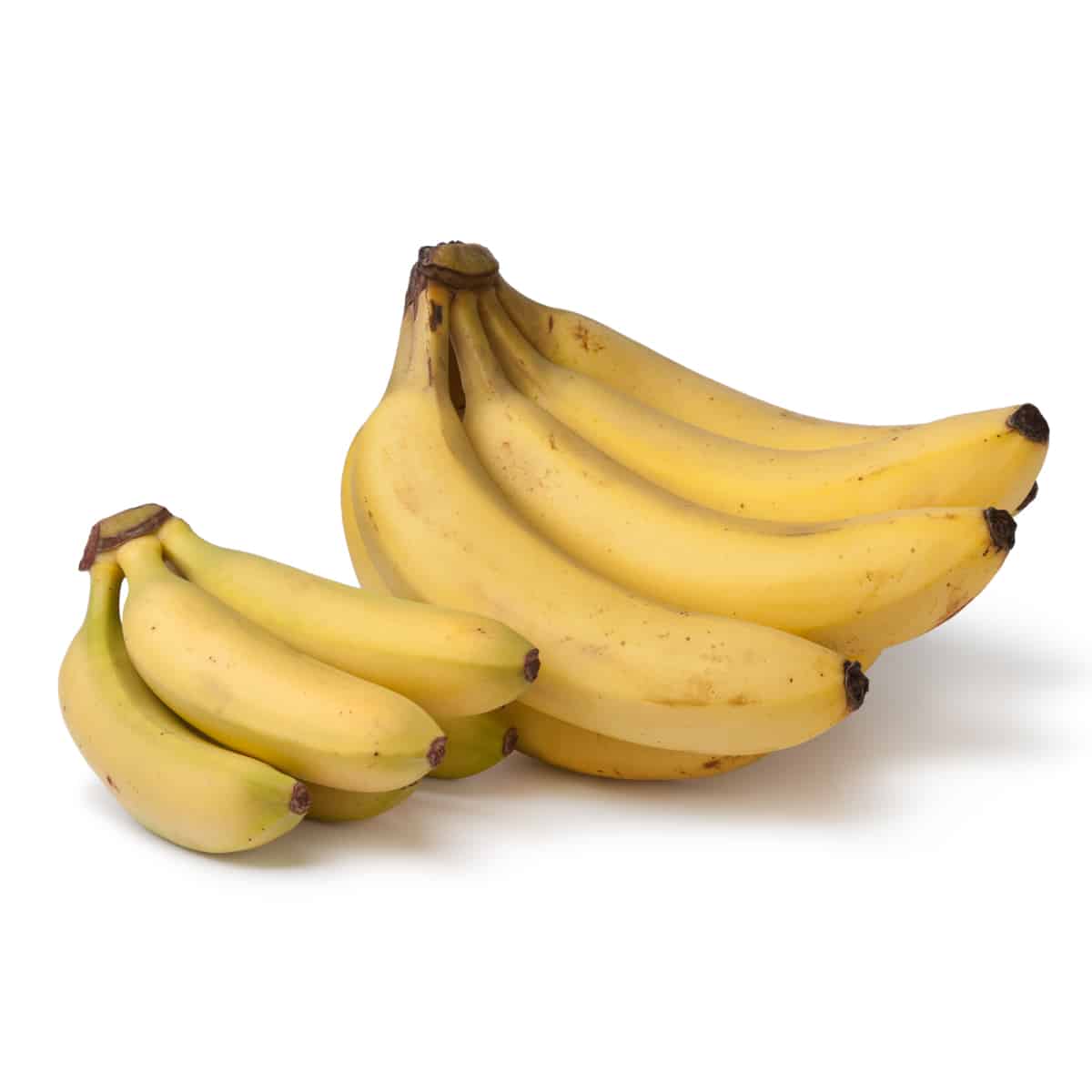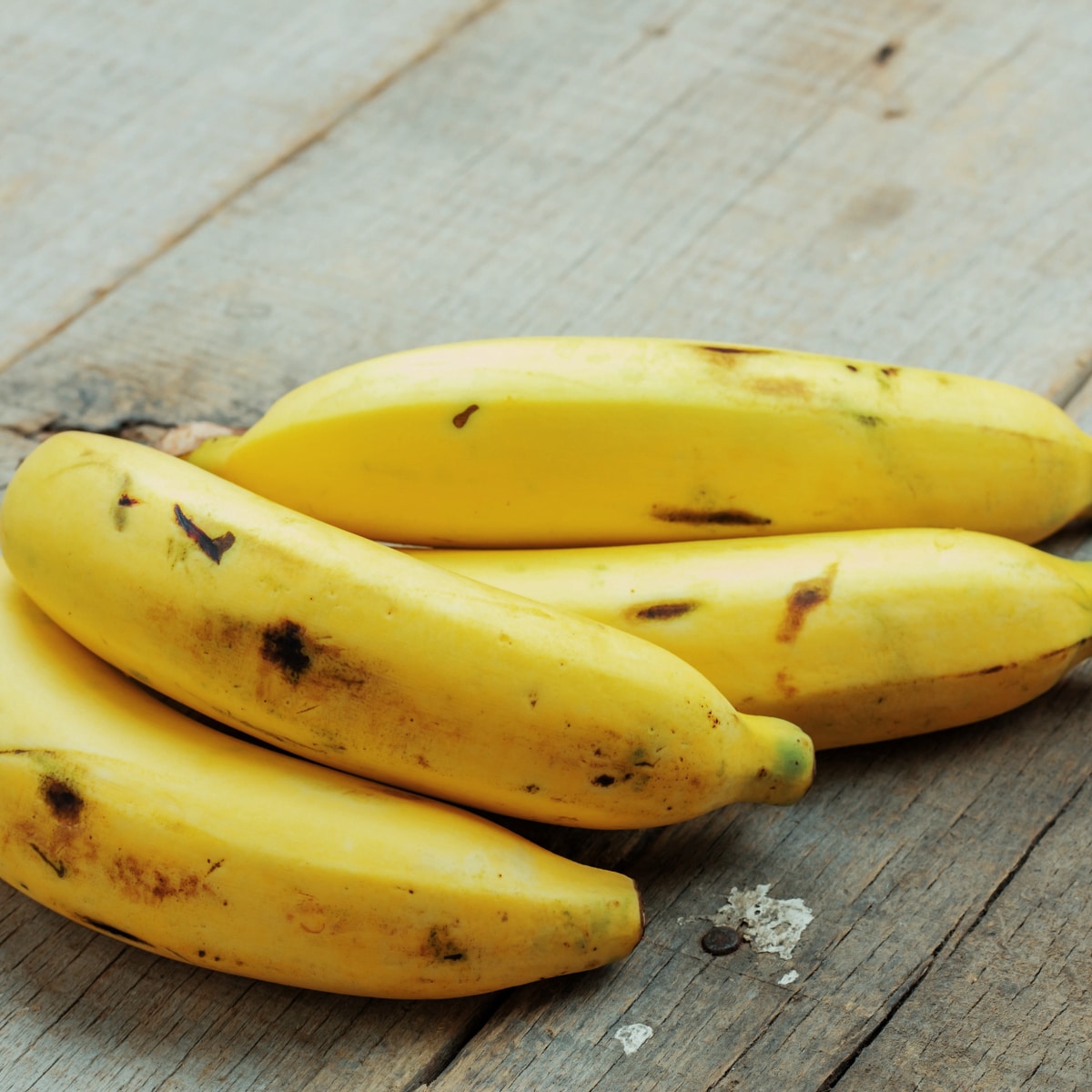How to Tell If a Banana is Ripe
Bananas are one of the most popular fruits in the world. They’re perfect for a quick snack, they can be used in recipes, and they’re even known to have some health benefits. But before you can enjoy a banana, you need to make sure it’s ripe. If a banana is too green, it won’t have the sweetness that makes them so enjoyable.
And if a banana is too brown, it might be past its prime. So how can you tell if a banana is ripe? There are a few different ways to test a banana’s ripeness.

Why is it important to know if a banana is ripe?
1. A ripe banana has a sweeter taste and texture
Ripe bananas are sweeter and more flavorful than bananas that are not ripe because as the bananas ripen, the fruit converts starches to sugars.
This makes them sweeter and more flavorful, as well as prevents baked goods from becoming gummy or starchy in texture. You really don’t want to eat what would be called a banana raw.
Additionally, green or under-ripe bananas can be hard and starchy compared to softer brown spotted bananas which are usually considered ripe.
2. A ripe banana is easier to digest
A ripe banana is easier to digest because it has reached the optimal level of sweetness and is less starchy. When a banana ripens naturally, its starch content breaks down and becomes sweeter.
This results in a smoother texture and less potential for digestive issues. Additionally, green bananas can cause stomach discomfort due to their firmer texture and lack of sweetness; ripe bananas will not have this effect on most people’s digestive systems.
Have you ever tried passion fruit? Find out how to tell if passion fruit is ripe.
3. A ripe banana contains more nutrients
When a banana is ripe, it contains high amounts of vitamins and minerals such as potassium, magnesium, and vitamin B6. It also contains small amounts of fiber, protein, and fat. Additionally, bananas contain beneficial antioxidants that help protect against free radical damage in the body.
4. A ripe banana will be easier to peel
As a banana ripens, the skin gets thinner.
This makes it easier to peel the banana than an unripe one. It also makes it easier to break or squish the banana if you aren’t careful when peeling it.
Learn how to freeze bananas to preserve them for later and use them in your smoothies.
What are the signs of a ripe banana?

1. Yellow Skin
Yellow skin on a ripe banana indicates that the banana is ready to be eaten.
When a banana reaches the perfect yellow stage, it contains higher levels of sugar and starch than when it is green. This makes it sweeter and easier to digest, making it an ideal option for those with sensitive stomachs or those who are trying to lose weight.
Additionally, bananas with yellow skin are more likely to be free from bruises than those without. The skin also protects the fruit from external factors such as light and air which can affect its flavor and texture if not protected properly.
2. Firmness
The sign of a ripe banana’s firmness is that it will be slightly soft to the touch and have some give. It should not be too hard or mushy. You should also be able to hear a slight crunch when you bite into it.
When shopping for bananas, look for ones that are yellow with brown spots and have a firm but yielding texture. Avoid those that are overly soft or have bruises or black spots on them as these indicate they may be rotten inside.
3. Brown Spots
The signs of a brown spot on a ripe banana are:
- The banana is softer than normal.
- There are increased numbers of brown spots on the skin of the banana.
- The sugar content has increased during the ripening process, resulting in sweeter fruit flavor and texture.
4. Sweet Smell
The smell of a ripe banana is typically sweet and fragrant. It can also have slight hints of other fruity aromas such as apple or pineapple.
The smell will become stronger as the banana ripens further, allowing you to easily identify when it is ready to be eaten.
You might also want to learn how to tell if a pineapple is ripe and how to tell if a honeydew is ripe.
How to tell if a banana is ripe?

1. Check the color
- Check the color of the banana: Look for a yellowish color with no green left on the stem.
- Inspect for brown flecks: These are an indicator of ripeness and sugars within the banana.
- For example, if you want to eat fresh bananas all week, look for plump-looking bananas with an even yellow color and brown flecks as indicators of ripeness (and sugars).
- You can also check by gently squeezing them; they should feel plump and have an even texture throughout if they are ripe enough to eat
2. Feel the banana
Give the banana a gentle squeeze. The green banana will be firm, while the yellow and brown spotted bananas will be softer.
When you give a green banana a squeeze, it should feel firm and unyielding like an unpeeled apple would feel.
A yellow or brown spotted banana should be much softer than its unripe counterpart due to its increased levels of sugar content which cause it to become sweeter and softer over time (as well as more prone to spoiling).
3. Smell the banana
Smell the banana to determine if it’s ripe; a ripe banana will have a sweet scent while an unripe one will smell slightly sour or grassy like hay or grass clippings (example).
4 . For example, if you’re trying to determine if a green banana is ripe by smelling it, give it a whiff and check for any signs of sweetness in its scent.
If there isn’t any then the banana is probably not yet ready for eating as its flavor won’t be as full-bodied as that of an already ripened one.
On the other hand, if you notice that there is indeed some sort of sweetness in its aroma then chances are high that this particular specimen has reached peak ripeness and can now be consumed without fear of being overly hard or bland tasting end result (example)
5. Try to peel it
- Select a ripe banana that is free of bruises and spots.
- Hold the banana in one hand, with the stem end facing downwards, and use your other hand to peel it from the stem end up towards the tip.
- If the peel does not come off easily, it means that the banana is not ripe yet and should be left to ripen further before being eaten or used in recipes such as smoothies or muffins.
- If you try to peel a ripe banana and it comes off easily without any struggle or resistance from the fruit itself, then you know that it’s ready to be eaten!
Learn more on my blog on how to store bananas as well as how to select fresh produce so that you can know what to look for the next time you are out food shopping.
Conclusion
Achieving banana perfection is an art, but why stop there? Our extensive guide to choosing ripe fruits will help you master the selection of every fruit in your kitchen, ensuring maximum flavor and nutrition.

Online Cooking for Beginners Course